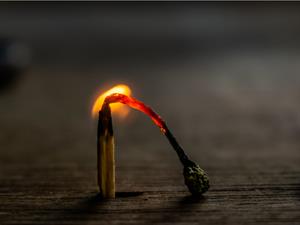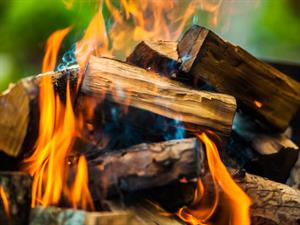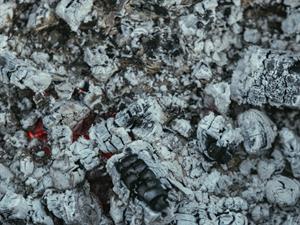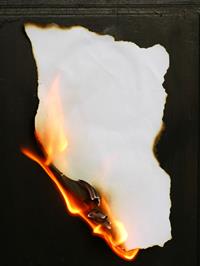
PUMPA - SMART LEARNING
எங்கள் ஆசிரியர்களுடன் 1-ஆன்-1 ஆலோசனை நேரத்தைப் பெறுங்கள். டாப்பர் ஆவதற்கு நாங்கள் பயிற்சி அளிப்போம்
Book Free DemoAny substance that changes its chemical properties is known as chemical change. In this change, a new substance is formed, and these changes are irreversible (i.e. they cannot be brought back to their original form) in nature. These changes are permanent.
Burning: When the substances such as matchstick, wood and paper are burned, they turn into ashes under complete combustion. The ashes have an entirely new chemical composition than that of the unburnt substances.


Burning of a matchstick


Burning of wood


Burning paper turning into ashes
For any substance to burn, it requires three essential elements such as air, oxygen and fuel. This is known as the fire triangle. Here the fuel vaporises and combines with oxygen to form a fire. This process is known as chemical reaction.
Note: The chemical process in which any substance reacts with oxygen to provide heat is known as combustion.
Let us now see the reaction of magnesium ribbon on burning:
Magnesium ribbon produces a bright white light and forms powdery ashes when allowed to burn. We know magnesium () is a metal. Metals on reaction with oxygen () form its oxides. Similarly, magnesium forms magnesium oxide ().
Thus, the above-explained changes occur when one material or substance comes in contact with the other.
We can now conclude by stating that physical contact is one of the necessary conditions for chemical changes to occur.